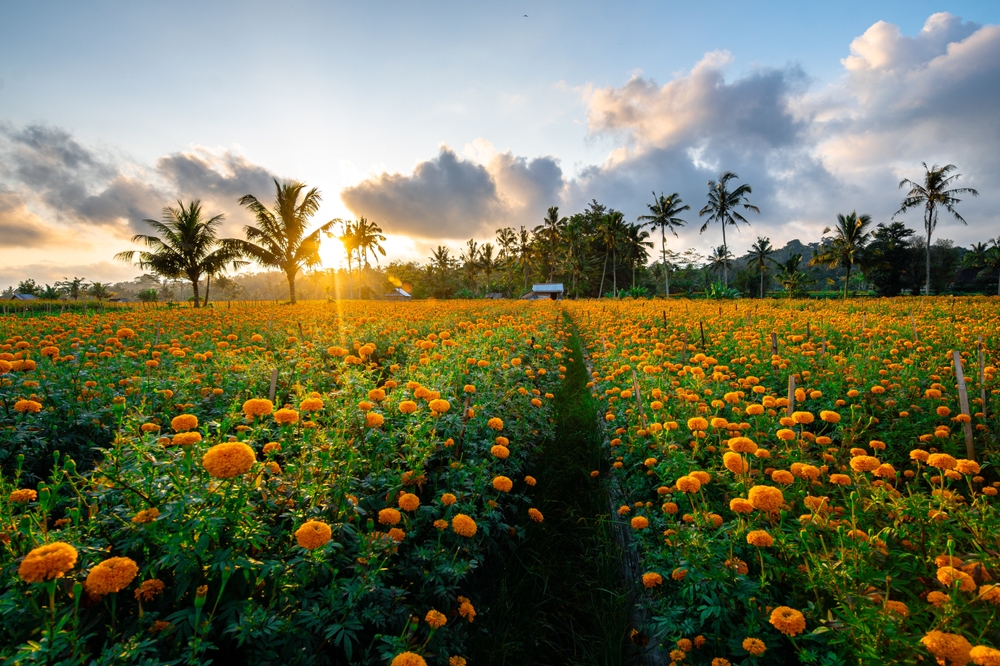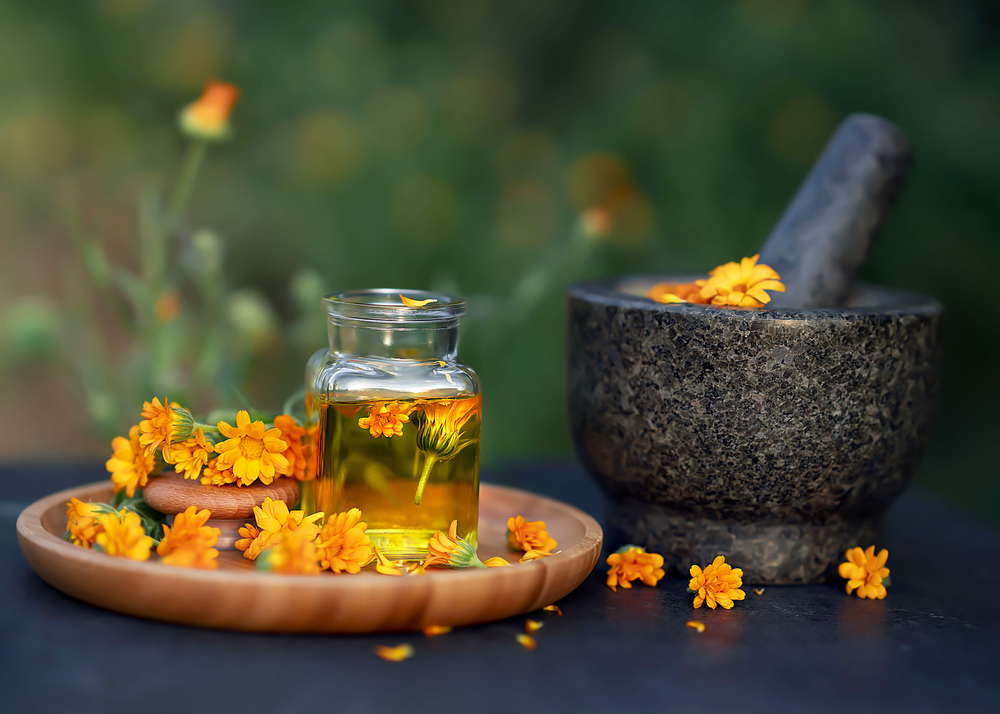
Calendula (Calendula officinalis), commonly known as pot marigold, is a versatile and beneficial plant, revered for its medicinal, culinary, and ornamental properties. Its bright, golden blooms are not only aesthetically pleasing but also harbor numerous health benefits. Cultivating calendula in Egypt, with its unique climatic conditions and agricultural practices, offers a promising avenue for enhancing the nation’s agricultural diversity and economic potential.
Climatic Suitability
Egypt’s climate is characterized by hot, dry summers and mild winters, conditions under which calendula thrives. This hardy plant prefers full sun and well-drained soil, making the arid and semi-arid regions of Egypt ideal for its cultivation. Calendula is resilient to various soil types, although it flourishes best in sandy loam with good fertility. The Egyptian climate, with its minimal rainfall and abundant sunshine, provides a conducive environment for calendula’s growth cycle, which spans from seed germination to flowering in about 45-60 days.
Soil Preparation and Planting
Successful calendula cultivation begins with meticulous soil preparation. The soil should be tilled to a fine texture and enriched with organic matter to improve fertility and drainage. Incorporating compost or well-rotted manure can enhance soil structure and nutrient content. In Egypt, planting typically takes place in early spring or late autumn, aligning with cooler temperatures that facilitate optimal growth. Seeds are sown directly into the soil at a depth of 1-2 cm and spaced approximately 30 cm apart to allow adequate airflow and reduce disease incidence.
Watering and Irrigation
While calendula is drought-tolerant once established, consistent moisture is crucial during the initial stages of growth. In Egypt, efficient irrigation systems such as drip or sprinkler irrigation are recommended to ensure even water distribution without wastage. Overhead watering should be minimized to prevent fungal diseases. A balanced irrigation schedule, providing moderate water supply, supports robust root development and prolific blooming.
Pest and Disease Management
Calendula is relatively pest-resistant but can occasionally fall prey to aphids, whiteflies, and spider mites. Integrated Pest Management (IPM) strategies, emphasizing biological controls and minimal pesticide use, are effective in maintaining plant health. Encouraging natural predators like ladybugs and lacewings can mitigate pest populations. Additionally, regular monitoring and prompt removal of affected plants help curb the spread of diseases such as powdery mildew and leaf spot.
Harvesting and Post-Harvest Processing
Harvesting calendula involves collecting the flowers, which are rich in therapeutic compounds such as flavonoids, carotenoids, and essential oils. The best time to harvest is in the morning, after the dew has dried but before the midday sun, to preserve the flowers’ potency. In Egypt, manual harvesting is common, although mechanized methods can be employed for larger operations. Post-harvest, the flowers are dried in shaded, well-ventilated areas to retain their vibrant color and medicinal properties. Proper storage in airtight containers away from direct sunlight prolongs their shelf life and efficacy.

Economic and Medicinal Benefits
Calendula cultivation holds significant economic potential for Egyptian farmers. The global demand for natural and organic products has spurred interest in calendula as an ingredient in cosmetics, herbal medicines, and culinary items. Exporting dried calendula flowers and extracts can open lucrative markets, contributing to rural development and income diversification.
Medicinally, calendula is renowned for its anti-inflammatory, antimicrobial, and wound-healing properties. It is widely used in topical treatments for skin conditions, tinctures, and teas. Promoting calendula as a natural remedy aligns with the global trend towards holistic and sustainable healthcare practices.
Conclusion
The cultivation of calendula in Egypt represents a strategic integration of traditional agricultural practices with modern market demands. By leveraging the country’s favorable climate and adopting sustainable farming techniques, Egyptian farmers can capitalize on the numerous benefits offered by this versatile plant. Enhanced awareness and support for calendula cultivation could transform it into a cornerstone of Egypt’s agricultural economy, fostering growth and sustainability for future generations.
